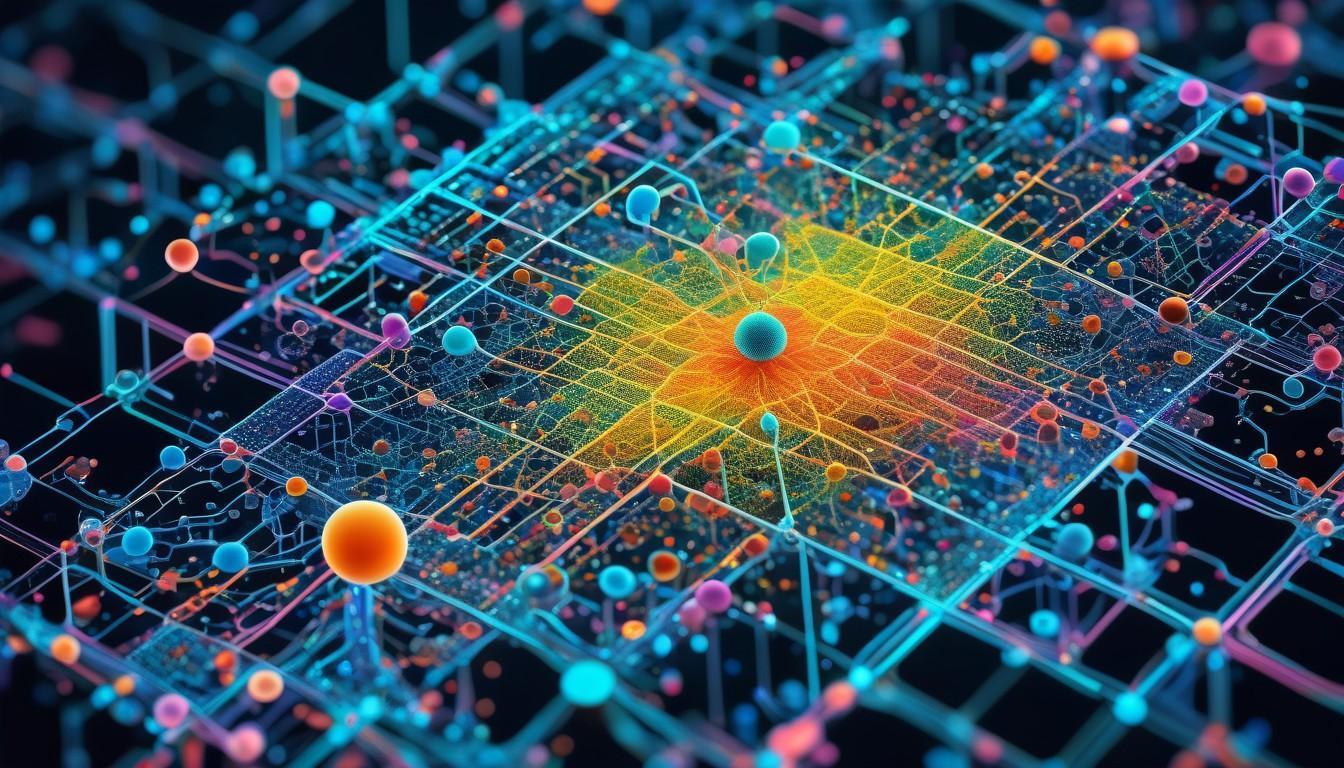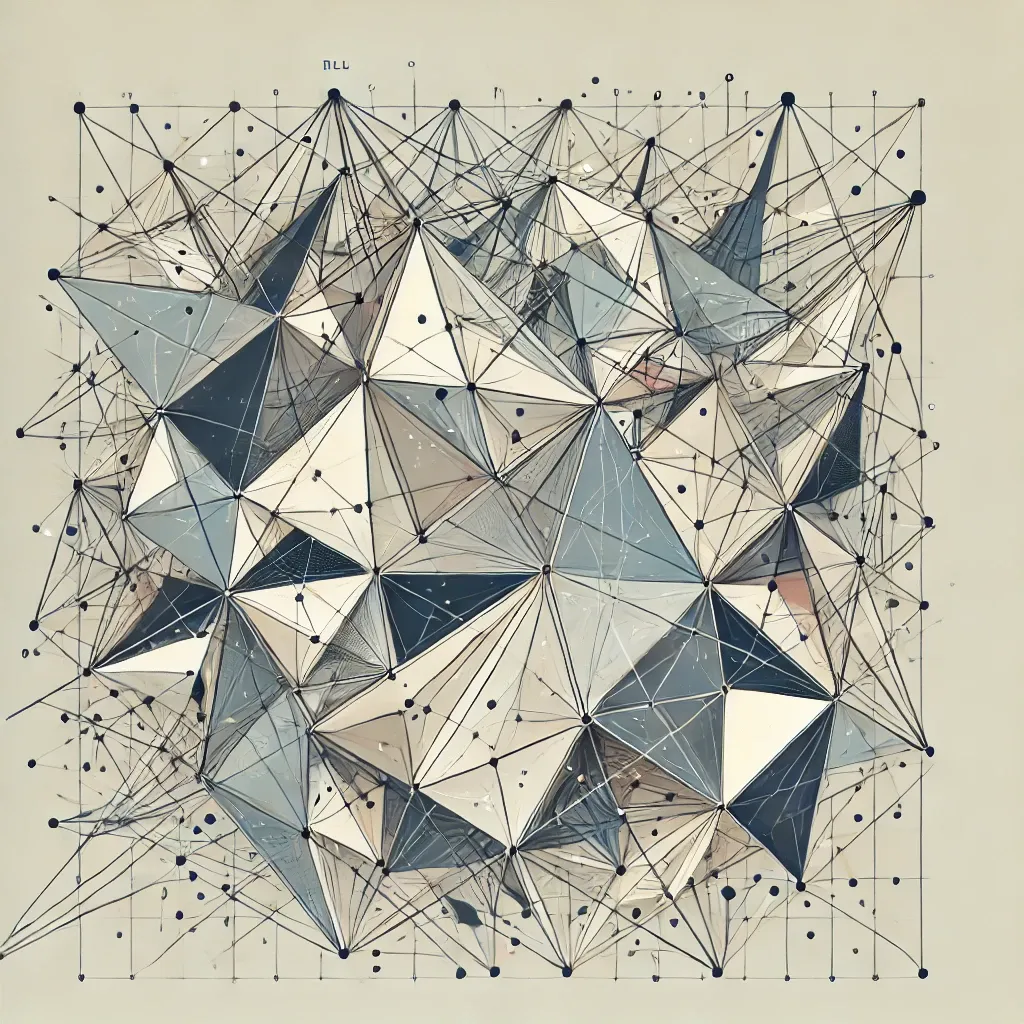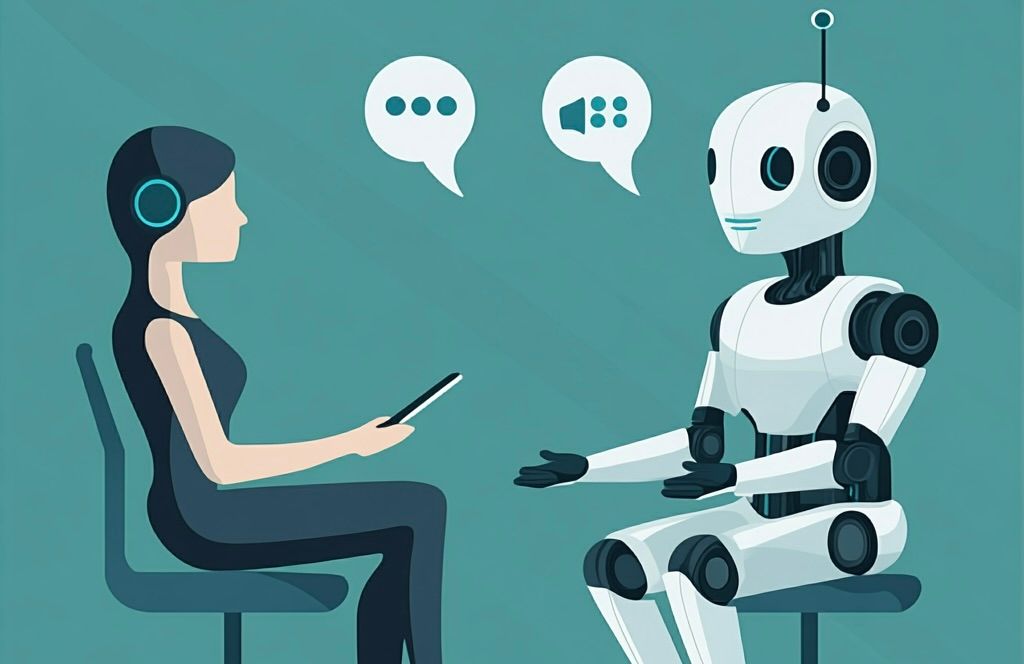
Deep learning for single-cell sequencing: a microscope to see the diversity of cells
Sources: https://thegradient.pub/deep-learning-for-single-cell-sequencing-a-microscope-to-uncover-the-rich-diversity-of-individual-cells, https://thegradient.pub/deep-learning-for-single-cell-sequencing-a-microscope-to-uncover-the-rich-diversity-of-individual-cells/, The Gradient
Overview
Single-cell sequencing (sc-seq) technologies capture gene expression and other molecular measurements at the level of individual cells, revealing that no two cells are exactly alike even within the same tissue. The Gradient article traces how deep learning has become a pivotal enabler for advancing sc-seq, from early demonstrations of single-cell RNA sequencing to the current ecosystem of toolkits and methodologies. It notes that the Human Cell Atlas Project is an international effort to map all human cells and their relationships, akin to a cellular Google Maps that provides spatial context, internal attributes, and intercellular relationships. Historically, scRNA-seq surged as a cost-effective entry point for examining cellular heterogeneity, leading to an explosion of analytical tools, among them many employing deep learning techniques. As data complexity grew, multimodal measurements (genome, epigenome, proteome) within the same cell emerged, prompting methods based on multi-view learning to explore shared variations across modalities. A persistent challenge in sc-seq is the loss of spatial information during transcriptome profiling, which spatially resolved transcriptomics (SRT) seeks to address. Deep learning is increasingly used in this space due to its ability to handle the complexity, noise, and sparsity inherent in single-cell data, reducing the need for extensive handcrafted feature engineering. The article also highlights the ecosystem that has grown around sc-seq: the scRNA-tools database, which had gathered over 1,000 tools by 2021, demonstrating the active community and rapid evolution of this field. Among deep learning architectures, autoencoders (AEs) stand out for dimensionality reduction because they can capture non-linear structure in the data and help identify cell types and subpopulations by clustering in reduced space. While conventional PCA-based approaches (such as those used by Seurat) rely on linear transformations, autoencoders offer greater flexibility to learn complex relationships embedded in single-cell genomics. The narrative emphasizes that deep learning helps model heterogeneity and noise across experiments and can reveal nuanced biological signals that simpler methods might miss.
Key features
- Deep learning helps manage heterogeneity, noise, and sparsity in single-cell sequencing data.
- Autoencoders (AEs) are widely used for non-linear dimensionality reduction, enabling clustering in the learned latent space to identify cell types and subpopulations.
- Autoencoders can uncover non-linear manifolds that PCA-based methods (e.g., Seurat’s PCA steps) might miss.
- Multi-view learning supports integrating multimodal data (genomic, epigenomic, proteomic) measured in the same cells.
- Multimodal integration is essential for coherent cell-type identification and understanding cellular identity across modalities.
- Spatially resolved transcriptomics (SRT) preserves spatial context, addressing the spatial information gap in standard sc-seq workflows.
- The Human Cell Atlas (HCA) project serves as a guiding analogy to map cells coherently, including spatial and relational information.
- The scRNA-tools database tracks software for scRNA-seq analysis, illustrating a vibrant and rapidly evolving ecosystem with more than 1,000 tools by 2021.
- Deep learning reduces dependence on handcrafted feature engineering, enabling more autonomous feature extraction from complex single-cell data.
Common use cases
- Dimensionality reduction and clustering: learn a low-dimensional embedding with autoencoders to identify cell types and subpopulations in single-cell data.
- Non-linear manifold discovery: move beyond linear transformations (e.g., PCA) to capture complex patterns in gene expression.
- Multimodal data integration: combine measurements across modalities (genome, epigenome, proteome) using multi-view learning to reveal integrated cellular identities.
- Cell-type discovery and annotation: leverage learned representations to classify cells and explore novel subtypes.
- Spatial context preservation: pair sc-seq data with spatial information through SRT approaches to map gene activity to tissue architecture.
- Comparative analysis across conditions: study how regulatory states and expression patterns shift under treatments or disease states by leveraging DL-based representations.
Setup & installation
# Setup and installation details are not provided in the source article.Quick start
- Start with a single-cell expression matrix where rows are cells (barcodes) and columns are genes; values represent expression levels.
- Use an autoencoder-based approach to learn a lower-dimensional embedding that preserves cell-type heterogeneity.
- Cluster cells in the latent space to identify distinct cell types or subpopulations.
- Compare and contrast with PCA-based baselines (as used in Seurat) to assess non-linear structure capture.
- If available, augment analysis with multimodal data and apply multi-view strategies to integrate modalities and improve cell-type inference.
- Explore spatial information with SRT when spatial context matters for interpretation.
Pros and cons
- Pros
- Captures non-linear relationships and complex structure in sc-seq data.
- Reduces reliance on handcrafted features, enabling more autonomous representation learning.
- Facilitates clustering in a learned latent space that respects heterogeneity.
- Supports multimodal data integration to reveal cross-modality cellular identity.
- Addresses spatial information gaps when using spatially resolved methods.
- Cons
- Autoencoders can face overfitting; practical workflows require regularization and validation.
- Requires careful design and tuning to avoid learned representations that misrepresent biology.
Alternatives (brief comparisons)
| Approach | Strengths | Limitations |---|---|---| | PCA-based dimensionality reduction (as in Seurat) | Simple, fast, linear; well-integrated into established pipelines | May miss non-linear structure and complex heterogeneity |Autoencoder-based DL methods | Capture non-linear structure; better at uncovering subtle subpopulations | Potential overfitting; requires tuning and validation |Multi-view learning for multimodal data | Integrates multiple cellular modalities for richer identity calls | Requires compatible multimodal data and careful integration strategy |Spatial transcriptomics (SRT) approaches | Preserves spatial context critical for tissue architecture | May add experimental and computational complexity |
Pricing or License
Not specified in the source article.
References
More resources
AGI Is Not Multimodal: Embodiment-First Intelligence
A concise resource outlining why multimodal, scale-driven approaches are unlikely to yield human-level AGI and why embodied world models are essential.
Shape, Symmetries, and Structure: The Changing Role of Mathematics in ML Research
Explores how mathematics remains central to ML, but its role is evolving from theory-first guarantees to geometry, symmetries, and post-hoc explanations in scale-driven AI.
What's Missing From LLM Chatbots: A Sense of Purpose
Explores purposeful dialogue in LLM chatbots, arguing multi-turn interactions better align AI with user goals and enable collaboration, especially in coding and personal assistant use cases.
Positive Visions for AI Grounded in Wellbeing
A wellbeing-centered framework for beneficial AI that blends psychology, economics, and governance to outline plausible, actionable deployment visions that support individual and societal flourishing.
Financial Market Applications of LLMs — Overview, features and use cases
Overview of how LLMs can be applied to financial markets, including autoregressive modeling of price data, multi-modal inputs, residualization, synthetic data, and multi-horizon predictions, with caveats about market efficiency.
A Resource Overview: Measuring and Mitigating Gender Bias in AI
Survey of key work measuring gender bias in AI, across word embeddings, coreference, facial recognition, QA benchmarks, and image generation; discusses mitigation, gaps, and the need for robust auditing.





